
The Users Meeting was followed on Tuesday by a two day LOFAR Community Science Workshop where over 120 members of the LOFAR collaboration came together to present their latest science results and share ideas and experiences about doing science with LOFAR. An amazing range of results were presented including new record-breaking sub-arc imaging with LOFARs international baselines, first extragalactic detections of Carbon radio recombination lines (RRLs), the first ever 1000000:1 dynamic range image at these low frequencies, and the most sensitive upper limit on the elusive EoR signal yet obtained. In addition to these exciting science results, users also discussed ongoing work to improve the calibration and imaging capabilities of LOFAR. Updates on efforts to extend the LOFAR array were also presented by members of the French NenuFAR project, the Irish and Polish LOFAR consortia, and the KAIRA project. Its clear that LOFAR remains a growing and scientifically exciting instrument with an active scientific user community.
The final two days of the week were dedicated to a workshop focused on scientific exploitation of LOFARs first all-sky survey, the Multifrequency Snapshot Sky Survey (MSSS). Members of the MSSS team gathered together along with scientists from the wider community to discuss progress with the survey, plans for the release of survey data products, and of course getting good science out of these products. Details on the current processing for the survey were presented along with ideas and plans for improving the survey data products through future reprocessing. A first look at some of the potential science from MSSS was also presented by several of the MSSS science teams on a wide range of topics including giant radio galaxies, AGN and clusters of galaxies, transients and pulsars. The expected public data release of the first MSSS catalog and image mosaics is in early 2015 with a wide range of science papers soon to follow.
 © Sandor Frey
© Sandor Frey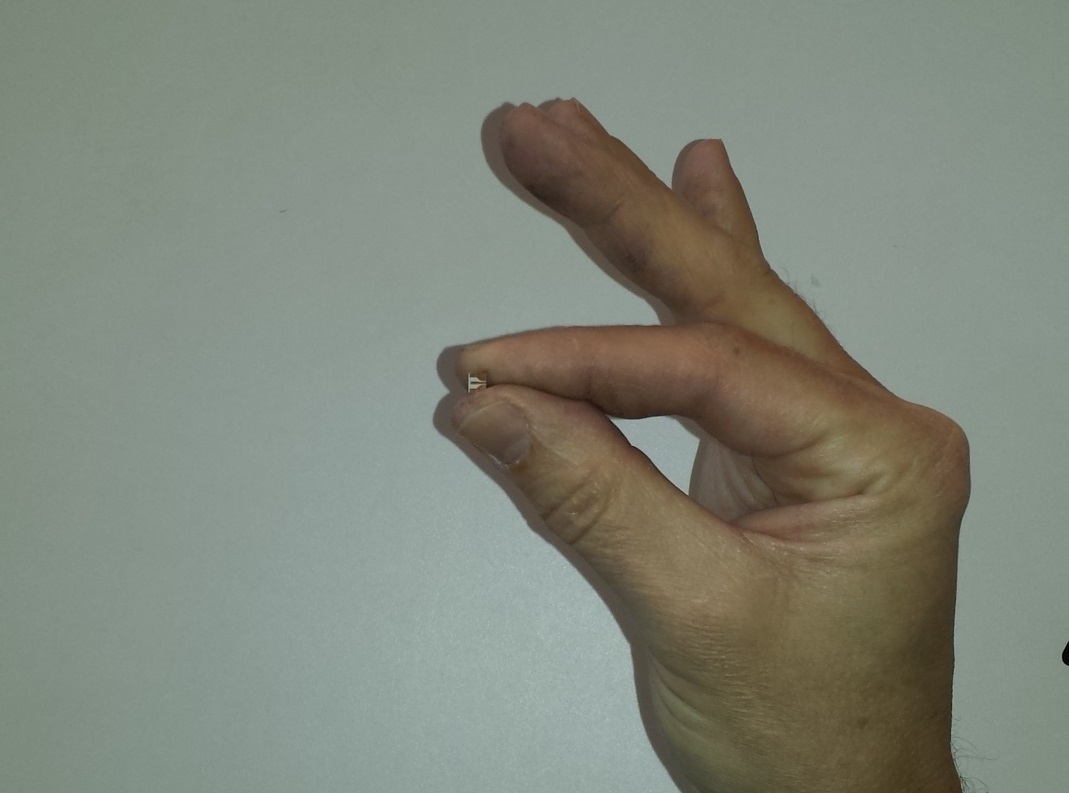 © Astron
© Astron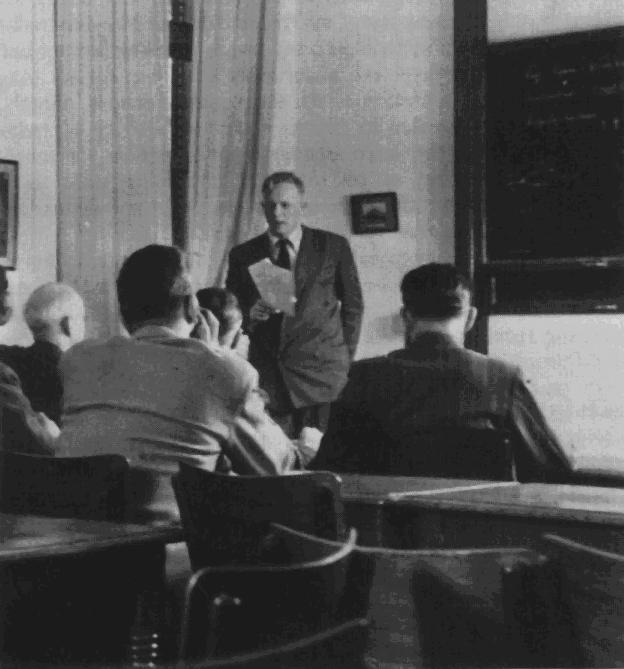 © public domain
© public domain © Ronald Halfwerk
© Ronald Halfwerk  © Kalliopi Dasyra (Observatoire de Paris)
© Kalliopi Dasyra (Observatoire de Paris)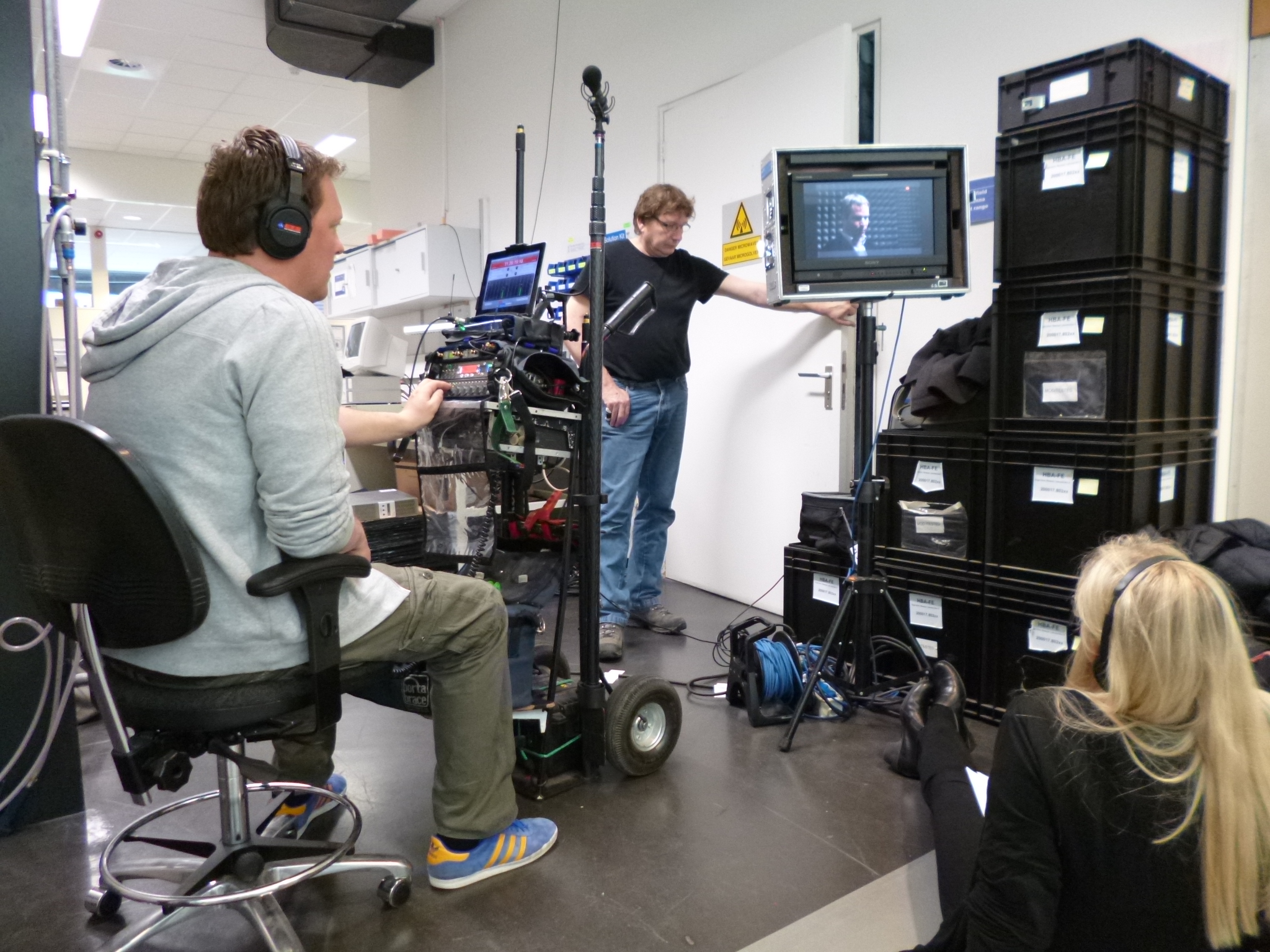 © Madroon Community Consultants (MCC)
© Madroon Community Consultants (MCC)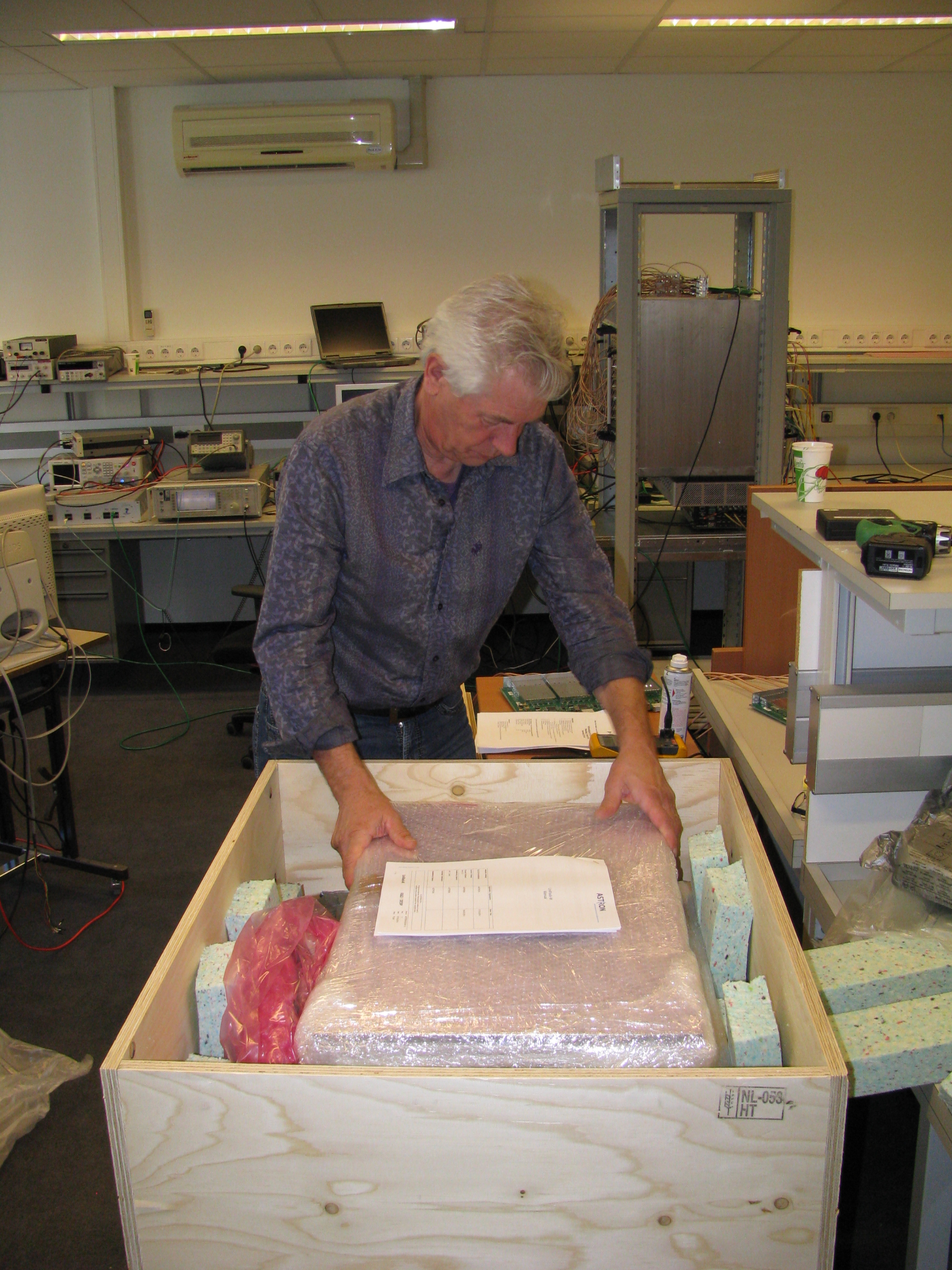 © DESP / ASTRON
© DESP / ASTRON © Hiddo Hanenburg
© Hiddo Hanenburg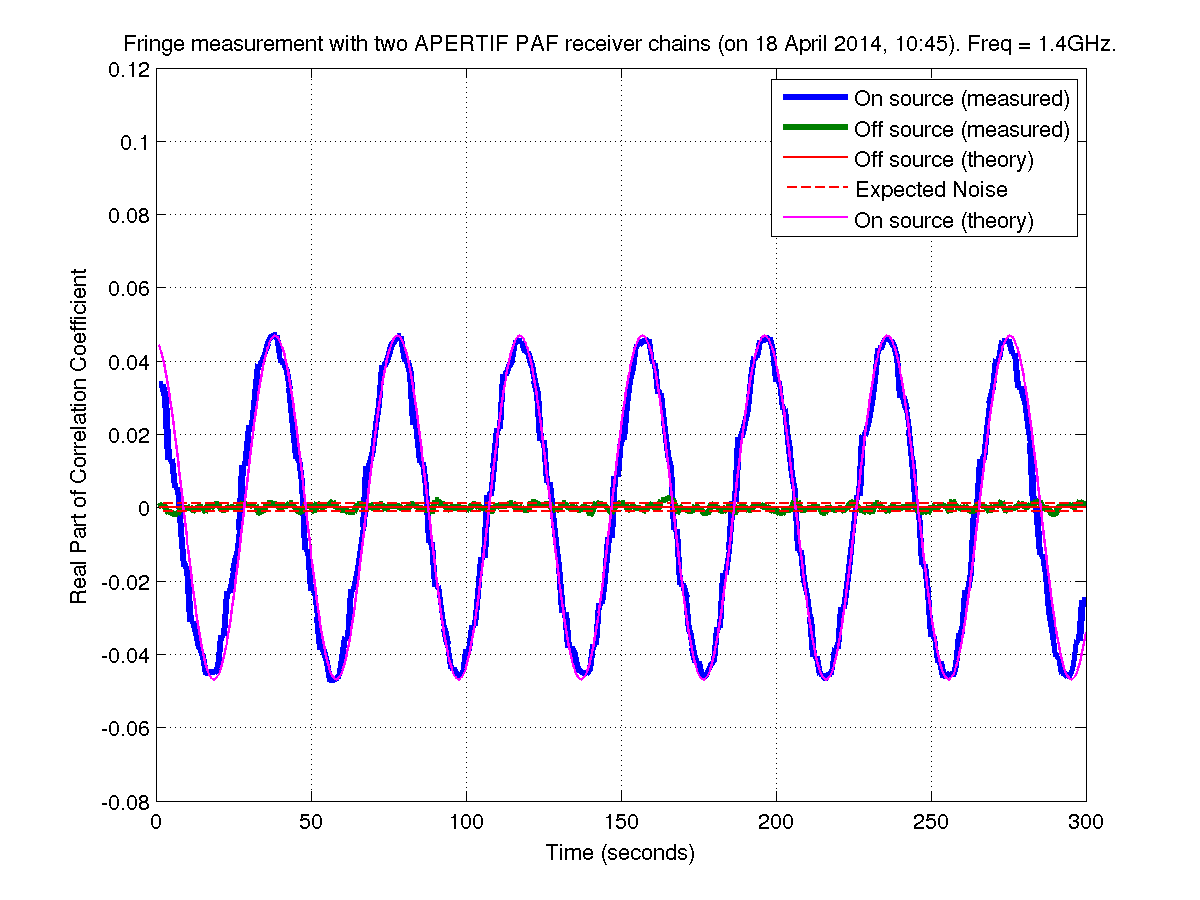 © ASTRON, 2014
© ASTRON, 2014 © Madroon Community Consultants (MCC)
© Madroon Community Consultants (MCC) © NOVA Optical Infrared Instrumentation group
© NOVA Optical Infrared Instrumentation group © Alice Harding (NASA/GSFC)
© Alice Harding (NASA/GSFC) © ASTRON
© ASTRON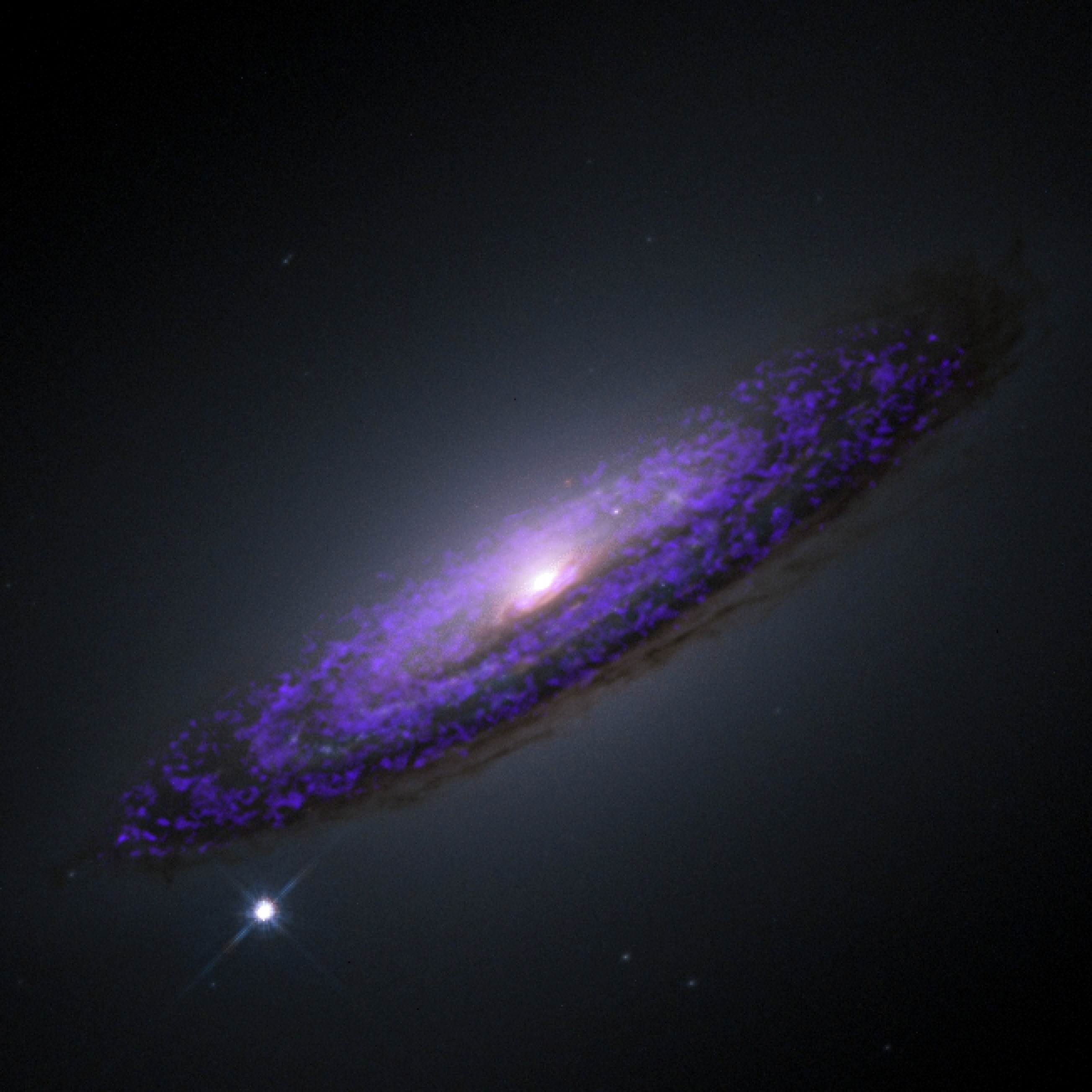 © Timothy Davis, NASA/ESA
© Timothy Davis, NASA/ESA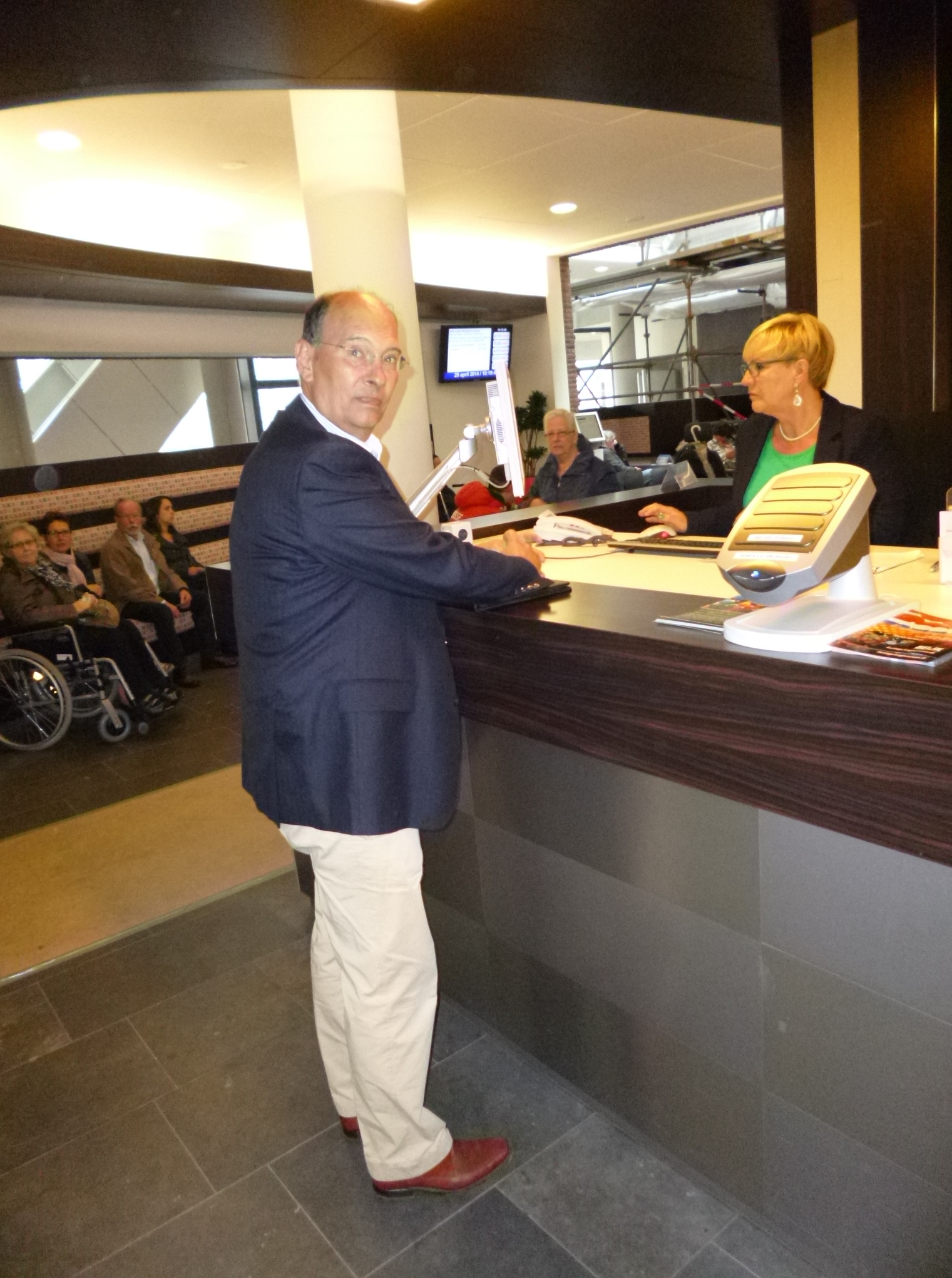 © Madroon Community Consultants (MCC)
© Madroon Community Consultants (MCC) © Astron
© Astron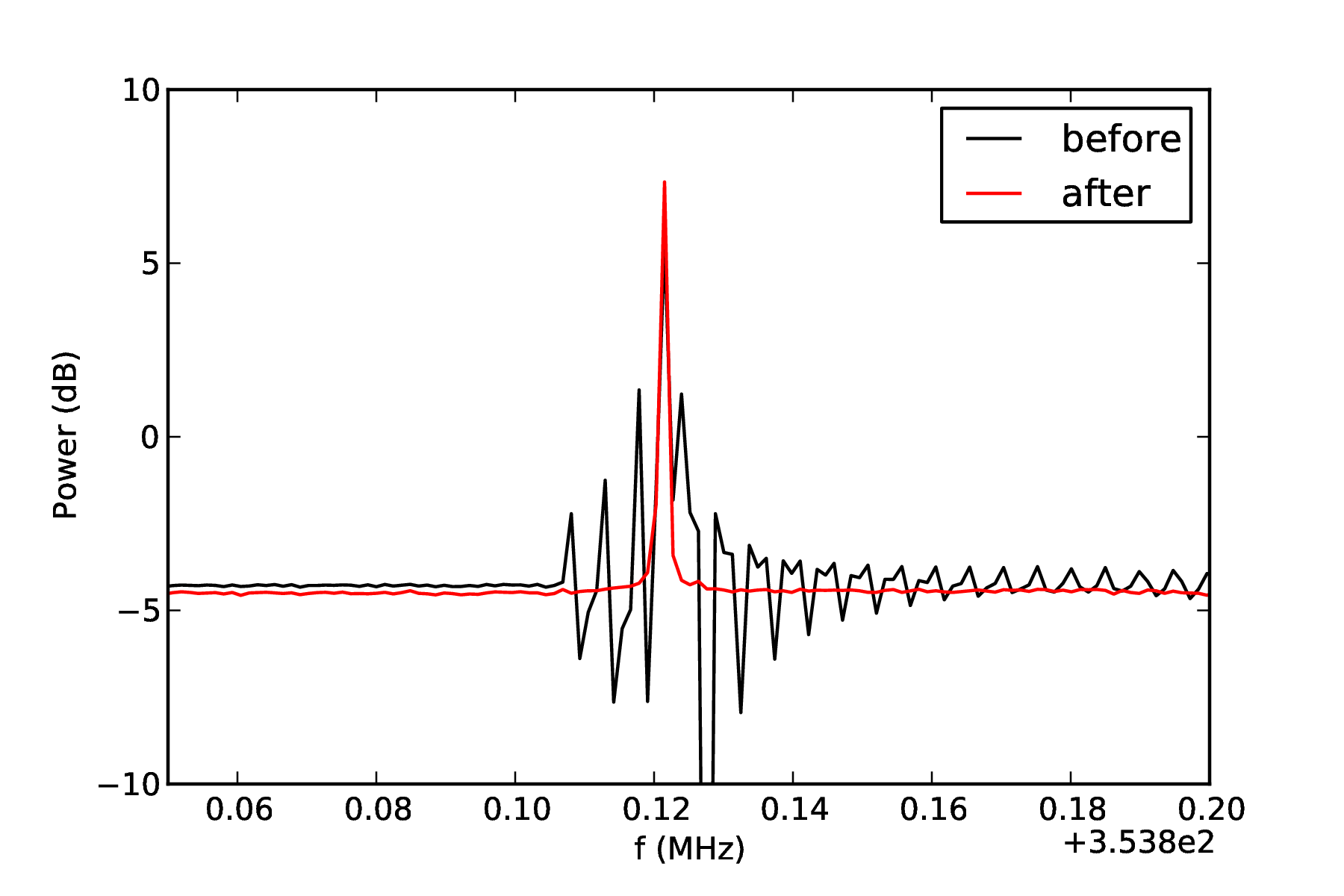 © © Anne Archibald 2014
© © Anne Archibald 2014 © ASTRON
© ASTRON  © NL SKA Office
© NL SKA Office







